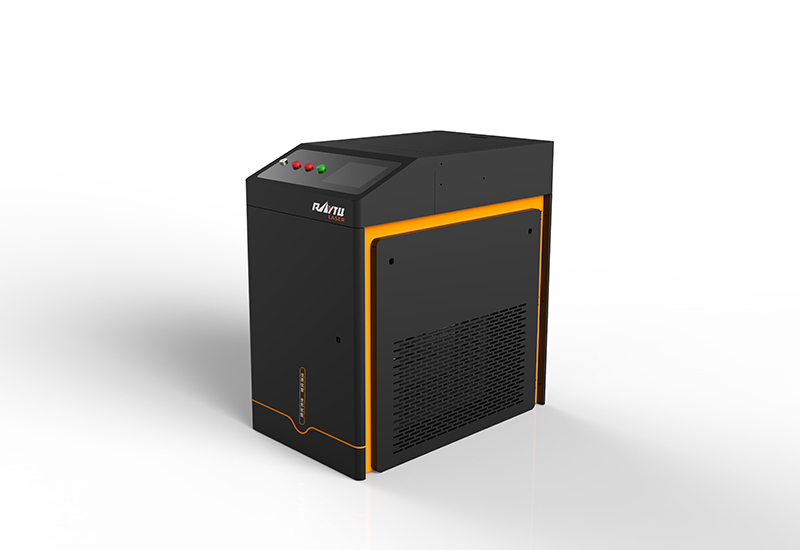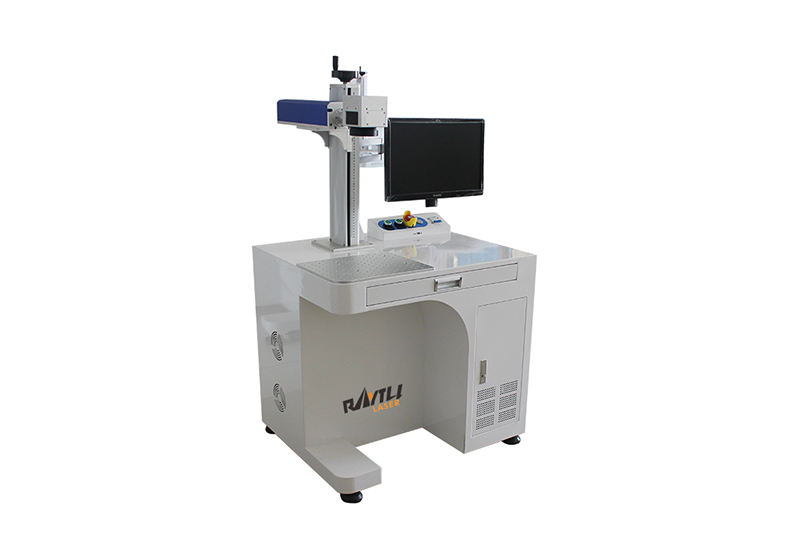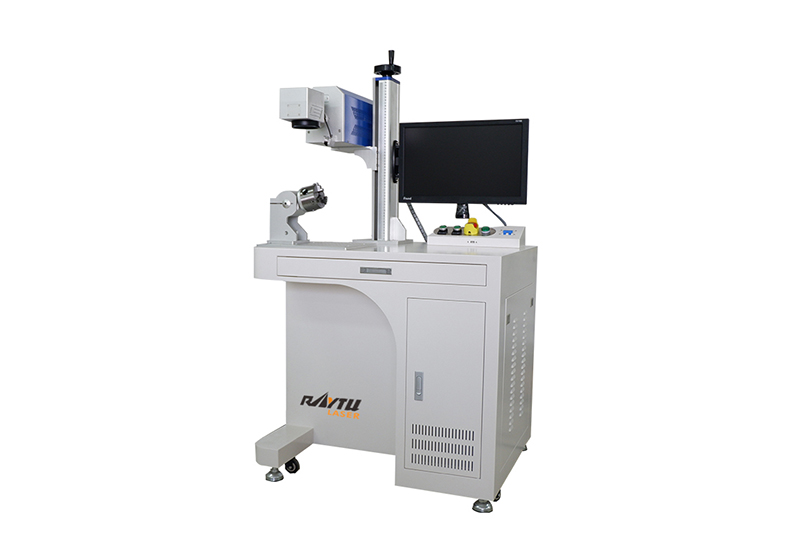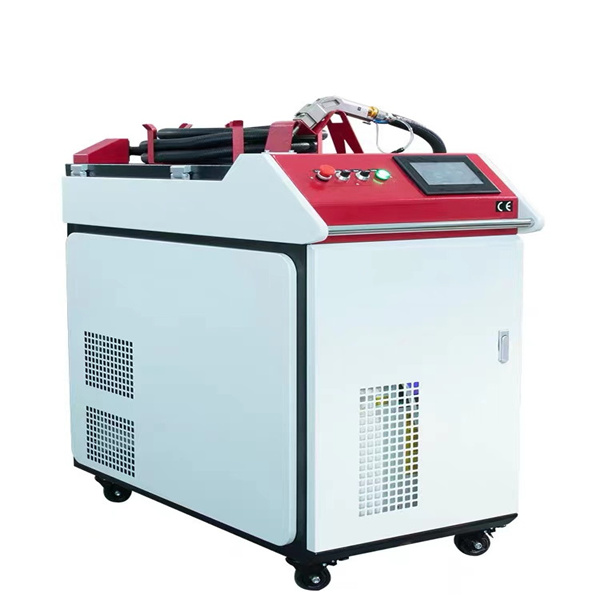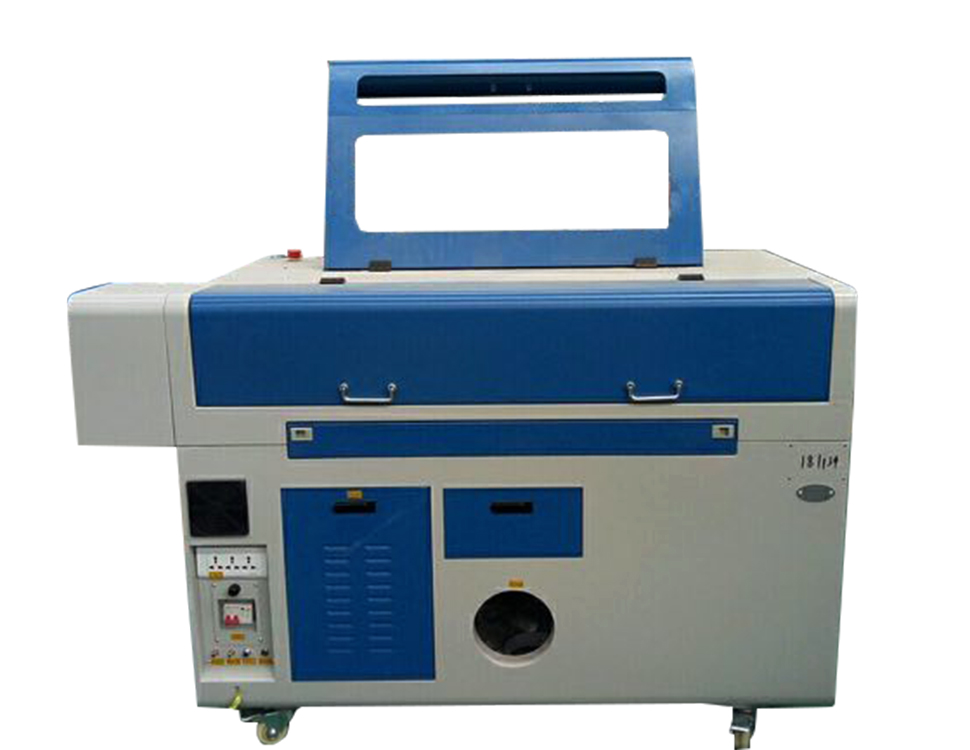Large optical components such as lenses and mirrors are usually referred to as those with a diameter of more than 0.5m. They are often used in telescopes for astronomical programs and high-power laser facilities. Today, the industry is increasingly investigating how to apply these properties to new areas, such as inertial fusion driven by high-power lasers.
Emerging technology developments, such as advances in petawatt laser technology, have helped produce the latest generation of large optical devices, thanks to their ability to develop large surface area mirrors to guide demanding ultrashort pulse laser beams.
1 The importance and complexity of optical coatings
Any laser developer or worker with a scientific or technical background, as well as engineers in the fields of material processing and basic research at universities, can fully understand the importance and complexity of optical coatings. Dr. Thomas Willemsen, head of the coating design team at LASEROPTIK, a manufacturer of high-power optics and coatings, said: "For decades, the understanding of thin films has required a deep knowledge of physics and mechanical engineering. The configuration of each laser may be different, and a very adaptable set of parameters is required when manufacturing special optical coatings. This complexity requires working with experts in the field of optical coatings to ensure that the right optical components are used to successfully achieve the customized laser application.

When coating large optics, a particular challenge is how to achieve uniform coatings on large surfaces. Willemsen said: "The main challenge lies in how to adapt the coating process to large optics. For example, to achieve uniform coatings on substrates larger than 550mm (the diameter of a round billet or the diagonal of a rectangular billet) or larger, it is necessary to develop enhanced target rotation systems and control process parameters.
2 Improve the laser-induced damage threshold
Willemsen explained: "For ultrashort pulse lasers, the damage mechanism is driven by the electronic state of the coating material itself. Users can improve the laser-induced damage threshold by manipulating the internal electric field of the stack, for example. This precise operation is possible because the IBS process can maintain the coating thickness with sub-nanometer accuracy, which is crucial for developing complex coating designs. ”
Regarding the advantages of IBS, Willemsen emphasized the physical properties of the sputtered layer and the reliability and repeatability of the IBS process. The main advantage comes from the coating structure itself. Conventional evaporation coatings are porous, but IBS coatings are very dense and hard. This density and hardness make it possible to ultrasonically clean sputtered optical components. Most importantly, the sputtered layer stack is not affected by the surrounding medium. This means that when humidity increases or the optical device operates under a vacuum, the sputtered components will not experience spectral shifts and other phenomena.

3 IBS achieves lower optical losses
Another advantage of IBS is the ability to produce coatings with lower optical losses and often higher damage thresholds, which is critical for applications that demand high-power laser performance. Willemsen explains that this is particularly important for large laser devices, where the lifetime of the optics must be very long, as you have to replace the optics after a few laser shots, which leads to extended downtime and limits economic benefits.

One challenge faced by IBS is how to achieve uniform coatings over large areas. Willemsen explains that uniform deposition over large areas is not as easy to achieve as evaporation coatings. To overcome this, LASEROPTIK developed a dedicated target rotation system and scaled up its sputtering equipment to ensure uniform coatings on larger substrates with diameters up to 550mm and maximum substrate weights of 50kg. To further improve the laser-induced damage threshold, the company focused on using complex coating designs to manipulate the electric field inside the coating material. By addressing these challenges, LASEROPTIK ensures that its IBS-coated optics meet the highest quality and performance standards for advanced laser applications.
4 Future Applications of IBS Coating Technology
Looking to the future, Willemsen sees the need to improve optical coatings to a level where the laser-induced damage threshold exceeds the current state of the art. Simply put, the power of the laser beam line can be as high as the power of the optics. Willemsen believes that the main challenge in the future is to achieve a reliable coating process that can reliably replicate large objects with the same losses and the same good quality over a huge area as on a small substrate.
 High Power Fiber Laser Cutting Machine
High Power Fiber Laser Cutting Machine
 Enclosed Fiber Laser Cutting Machine
Enclosed Fiber Laser Cutting Machine
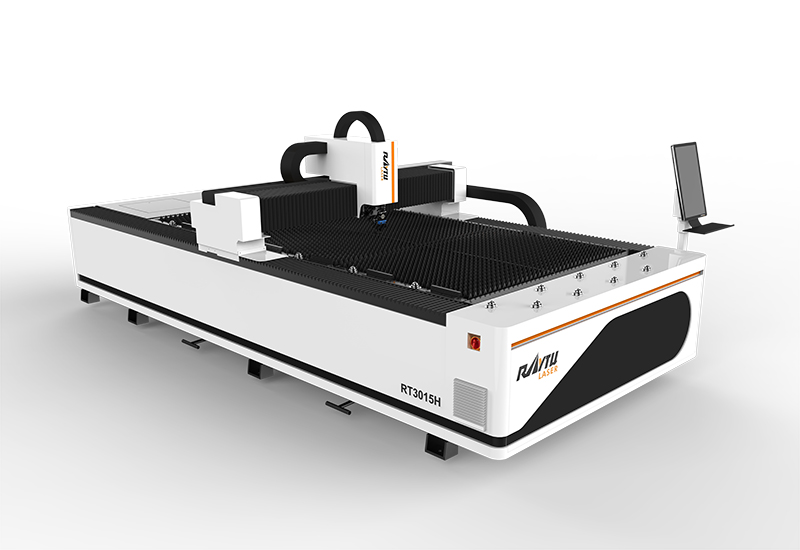 Sheet Metal Laser Cutting Machine
Sheet Metal Laser Cutting Machine
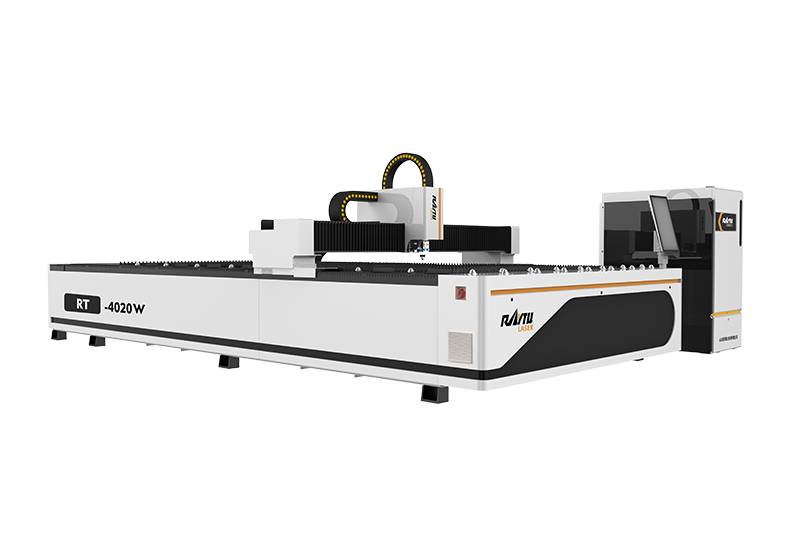 Medium Power Metal Laser Cutting Machine
Medium Power Metal Laser Cutting Machine
 Automatic Tube Laser Cutting Machine
Automatic Tube Laser Cutting Machine
 Coil Fiber Laser Cutting Machine
Coil Fiber Laser Cutting Machine
 RTC-12036M 3 Chucks Tubeeber Laser Cutting Machine
RTC-12036M 3 Chucks Tubeeber Laser Cutting Machine
 Single Table Enclosed Fiber Laser Cutting Machine
Single Table Enclosed Fiber Laser Cutting Machine






 EN
EN ES
ES RU
RU AR
AR